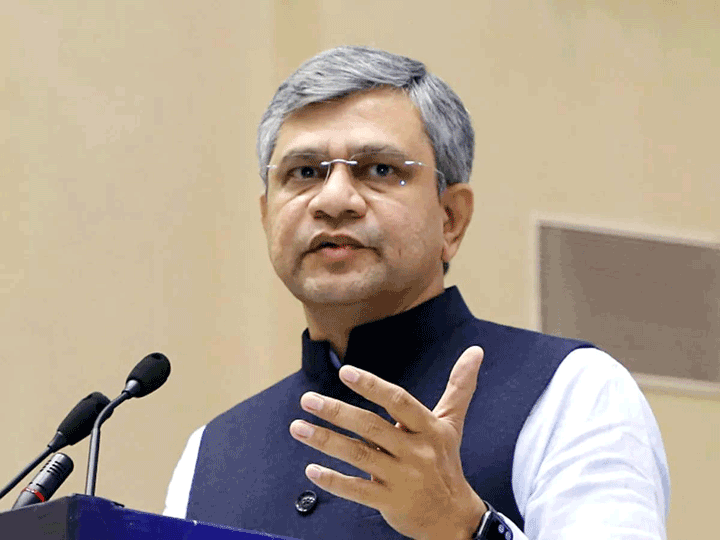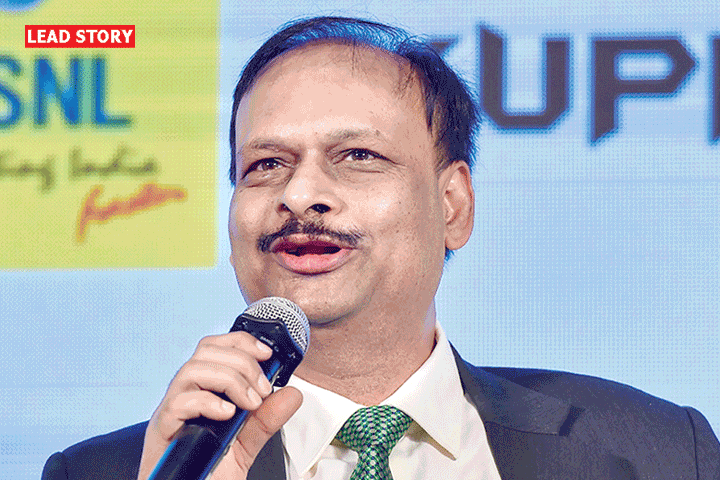Interdepartmental panel to iron out differences in setting up 5G network around airports
The Department of Telecommunications (DoT) and the Directorate General of Civil Aviation (DGCA) have formed a joint committee to look into ways to safely deploy next generation (5G) telecom towers across India’s 137 airports.
“We were not able to come to a conclusion following discussions with the airport authorities. Since, there were comprehensions, a committee has been formed. We are asking to allow telecom service providers to roll out low-powered networks,” a senior DoT official told ETTelecom.
The deployment of fifth generation (5G) networks alongside airports has become a contentious issue between the two government departments who are in a deadlock since last year.
The interdepartmental panel, set up last week, will submit its findings in 15 days.
The DoT argued that the C-band identified for 5G technology in India is sufficiently spaced out from the 4200-4400 MHz band, used for radio altimeter, an airborne electronic device that is used by the aviation sector to measure altitude of aircrafts.
Telecom carriers were directed not to deploy networks within 0.9 kilometres on either side of the runway, and in a 2 kilometre area starting from the both ends of an airstrip.
Telcos believe that the 5G frequency band (3300-3670 MHz) would not pose any threat to lives, and it would be a revenue loss for them if they asked to blackout next generation services in a large area around the country’s airports.
“We should come to a conclusion. Human safety is an important aspect and keeping that in mind, a low-powered solution can be considered,” the official said.
Further, he said that the altimeters currently in use at airports are wideband and may do interference, and added that the department had suggested to use bandpass filter, a solution that allows aircrafts to operate together with the 5G environment.
The committee is also studying avionics models in multiple countries that have rolled out 5G networks.
“It’s (deployment of 5G) all about the spectrum use. I think reducing power is an option. We need to look at it thoroughly. There are no accidents so far,” Mats Granryd, director general, GSM Association (GSMA) said.
London-based telco group said that it’s a global phenomenon, and India should look at it very closely.
Last year, Devusinh Chauhan, Minister of State for Communications in the Parliament said that the band identified for 5G technology (3300-3670 MHz), among others, are sufficiently spaced out from the frequency band 4200-4400 MHz, used for radio altimeter, and it is “very unlikely” to cause any interference.
In December 2022, the DoT asked telecom operators to avoid deploying 5G base stations in the 3.3-3.6 GHz band around airports following the recommendations by the Ministry of Civil Aviation.











